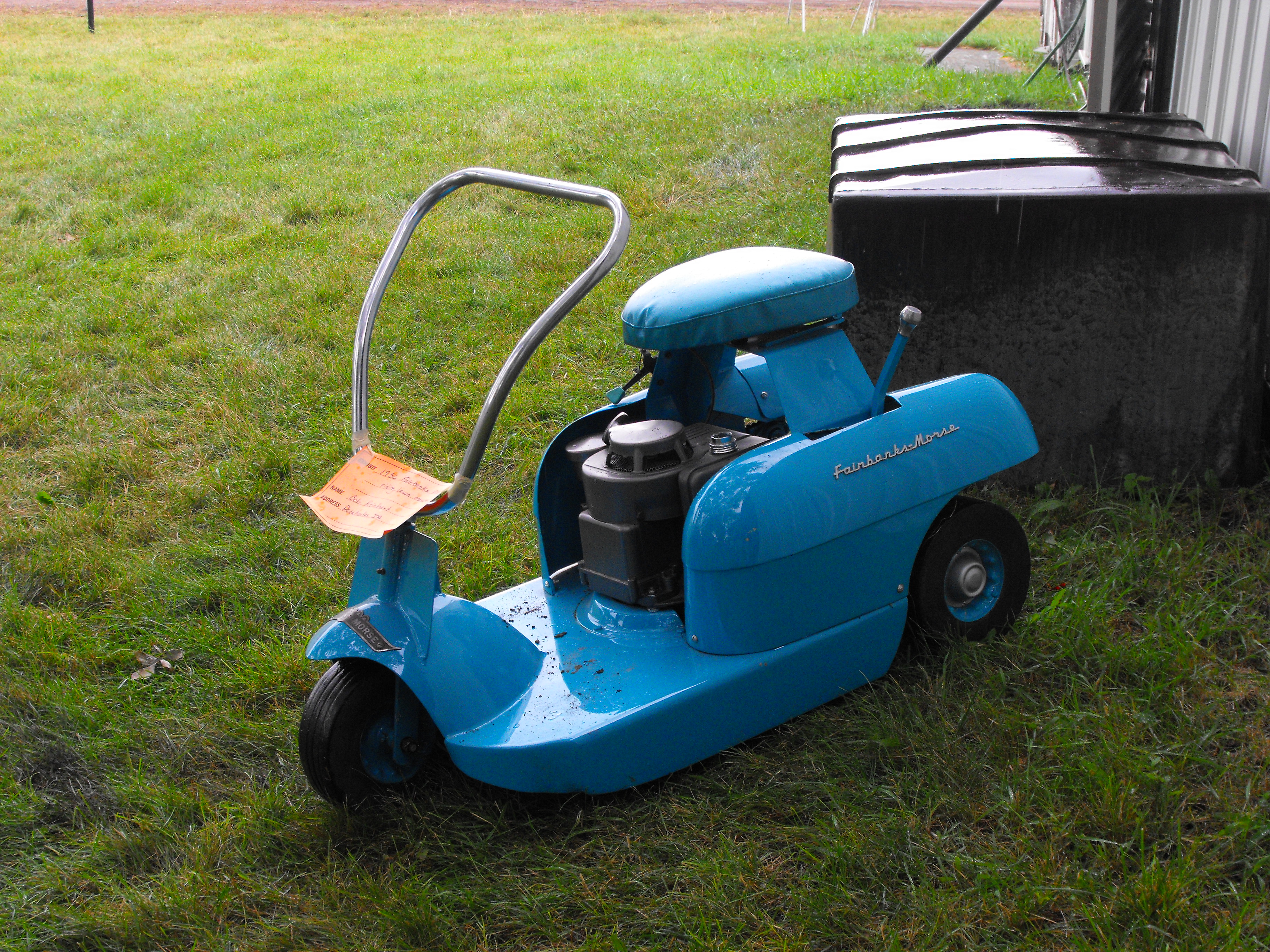The Evolution of Lawnmowers: From Manual to Robotic
How Lawnmowers Have Changed Over Time.
Lawnmowers are machines that cut grass and other plants on lawns and gardens.
They are used for aesthetic, recreational, and environmental purposes.
Lawnmowers have a long and fascinating history that spans from the 19th
century to the present day. In this blog post, we will explore how lawnmowers
have evolved over time and what innovations have shaped their design and
performance.
The First Lawnmowers
The first lawnmower was invented by
Edwin Beard Budding
in 1830 in England. He was inspired by a textile machine that trimmed cloth.
He patented his invention and partnered with John Ferrabee to manufacture it.
The first lawnmower was a manual device that had a cylindrical blade that
rotated when pushed. It was made of cast iron and wood and weighed about 27
kg. It was intended for large estates and parks, but soon became popular among
homeowners as well.
The first lawnmower had some drawbacks, such as being noisy, heavy, and
difficult to maneuver. It also required regular sharpening of the blades and
lubrication of the gears. Nevertheless, it was a revolutionary invention that
made lawn care easier and faster.
The Rise of Gasoline-Powered Lawnmowers
In the late 19th and early 20th century, several inventors experimented with
different ways to power lawnmowers. Some used steam, electricity, or
compressed air, but none of these methods were very practical or reliable. The
breakthrough came in 1902, when James Sumner of Lancashire, England, patented
the first gasoline-powered lawnmower. He used a lightweight engine that ran on
petrol and drove a chain that turned the blades.
Gasoline-powered lawnmowers soon became the dominant type of lawnmower in the
market. They offered several advantages over manual lawnmowers, such as being
faster, more powerful, and more efficient. They also allowed for more
variations in design and features, such as different sizes, shapes, and
cutting heights.
The Development of Electric Lawnmowers
Electric lawnmowers were introduced in the 1920s as an alternative to
gasoline-powered lawnmowers. They were quieter, cleaner, and safer than their
counterparts. They also required less maintenance and had lower operating
costs. However, they had some limitations as well. They needed a cord to
connect to a power source, which limited their range and mobility. They also
had less power and durability than gasoline-powered lawnmowers.
Electric lawnmowers became more popular in the 1960s and 1970s, when
environmental concerns and energy crises increased the demand for more
eco-friendly and economical lawn care options. Electric lawnmowers improved
over time with better batteries, motors, and blades. They also became more
cordless and wireless, thanks to rechargeable batteries and solar panels.
The Future of Lawnmowers
Lawnmowers have come a long way since their invention in 1830. They have
become more sophisticated, efficient, and versatile over time. Today, there
are many types of lawnmowers available in the market, such as rotary, reel,
hover, mulching, robotic, and riding lawnmowers. Each type has its own
advantages and disadvantages depending on the size, shape, and condition of
the lawn.
The future of lawnmowers is likely to be influenced by technological
innovations and consumer preferences. Some possible trends include:
- Smart lawnmowers that can be controlled by smartphones or voice commands
- Autonomous lawnmowers that can navigate and cut the lawn without human intervention
- Eco-friendly lawnmowers that use renewable energy sources or biodegradable materials
- Customizable lawnmowers that can be personalized with different colors, patterns, or accessories
- Multi-functional lawnmowers that can perform other tasks besides cutting grass
Lawnmowers are more than just machines that cut grass. They are symbols of
culture, lifestyle, and innovation. They reflect how humans interact with
nature and how they shape their surroundings. Lawnmowers are not only tools
for lawn care but also expressions of creativity and identity.
Check out these Videos of the Top Lawnmowers!
Do you have any feedback or suggestions? We would love to hear from you.
If you enjoyed this blog post, please share it with your friends and
leave a comment below.

Comments
Post a Comment
What's on your Mind?